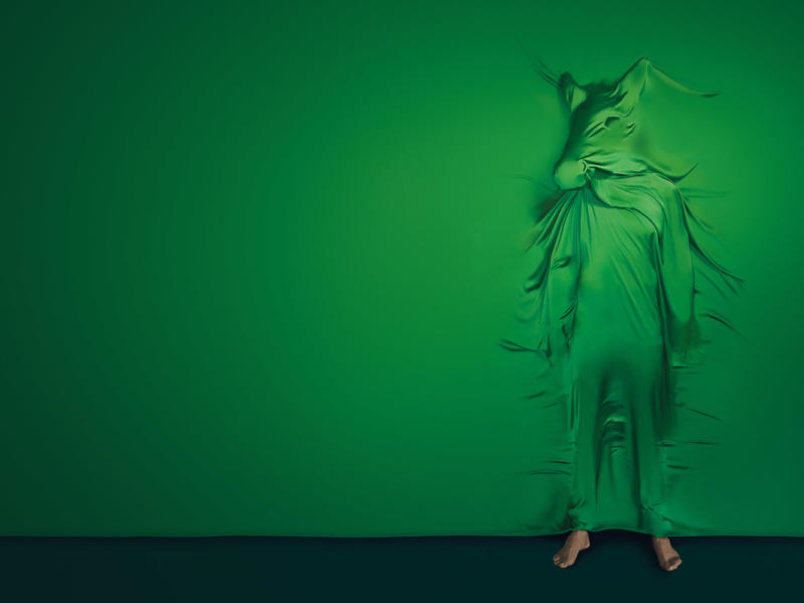War Requiem at the English National Opera
Image taken from the English National Opera website
In 1958, Benjamin Britten was asked to write a work for the consecration of the new Coventry Cathedral – the old one had been bombed and destroyed in 1940 and hundreds of people had died. Britten decided that this work would commemorate the dead of both World Wars and his text combines the traditional Latin Mass for the Dead, with fairly dour poems by Wilfred Owen. After its premiere in 1962, Shostakovich regarded Britten’s War Requiem as ‘The greatest work of the 20th century’ and indeed it was universally hailed as a masterpiece.
The work intersperses the Latin mass, sung in this case by the chorus, together with the wonderful soprano, Emma Bell, with settings of works by the First World War poet, Wilfred Owen, represented by the voices of the tenor, David Butt Philip and the baritone, Roderick Williams. Only at the end of this Requiem are these two elements combined with ‘A great wave of benediction’ in a musical line that symbolises both death and reconciliation.
It is rare that this incredible musical piece is set in an operatic context – a first in the UK. Incredibly, it did not appear that any of the designs and screen images around the stage, together with the wonderful lighting effects by Charles Balfour and the movement of people, choreographed by Ann Yee, detracted from the overall effect of the musical prowess. Daniel Kramer’s direction appeared complimentary to the overall musical score, as was the sets and backdrops designed by the outstanding award winning German photographer, Wolfgang Tillmans, working on his first opera.
However, despite the different interpretations of war, from the killing fields of Europe through to the religious deaths of Bosnia and the modern gang warfare with the use of knife culture, the evening always belonged to Britten and the music. But, was Kramer’s interpretation of death clearly centred? Was Bosnia a sufficient representation of death traumas when there were was no mention of so many others? Cambodia? Rwanda? There is no doubt however that the visual effects, both on the screens and on the ground by the chorus, were constantly charging so emotionally throughout the evening.
The great diversity of the 125 singers of the ENO Chorus and choral ensemble from ENO’s Porgy & Bess, together with Finchley Children’s Music Group, was not only a joy to behold, but provided for an immense, overwhelming intensity in the choral work. The chorus and orchestra were led inspiringly by ENO’s Music Director, Martyn Brabbins, whose constant touch of sensitivity magnificently represented Britten’s deathly quest. The three soloists only added to the excellence of the evening, with Emma Bell’s soaring soprano being matched by the tenor of David Butt Philips and the characterisation that flowed from Roderick Williams.
The death images on the screens, which open this incredible work, re-emerge at the end as flowers of hope – peonies – in which image this most celebrated of work will be left in the memory.







